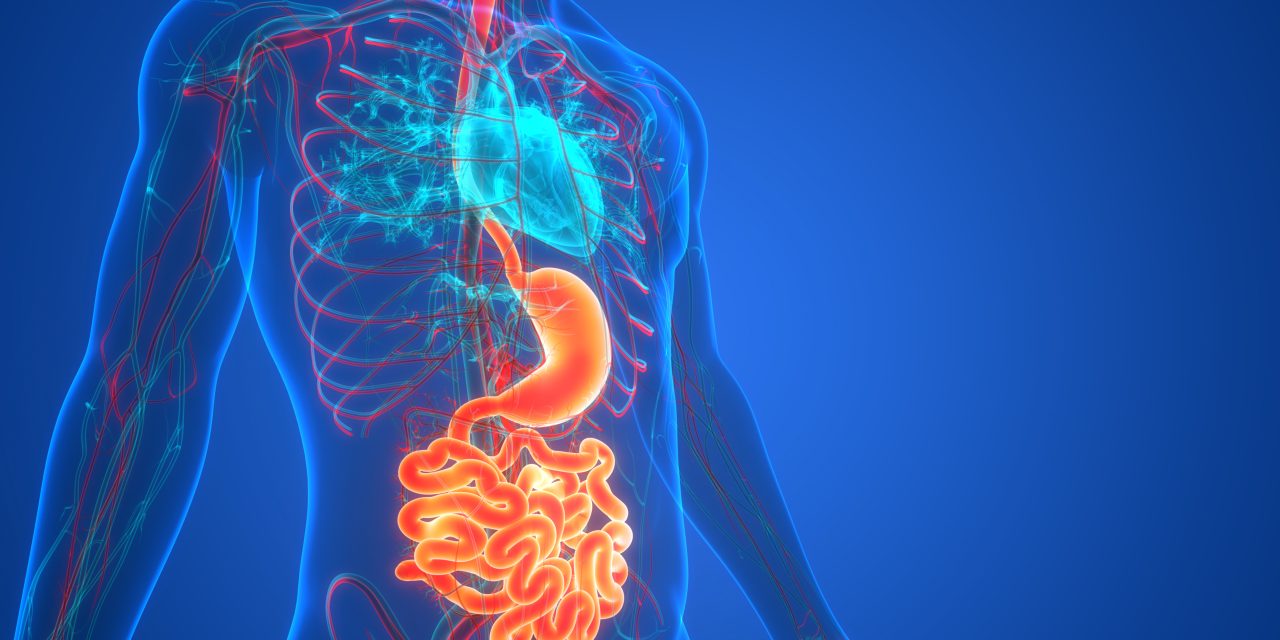For a study, fecal sampling was routinely used to characterize microbial populations at the tissue level in healthy and sick infants. However, because the taxa in the fecal microbiota were assumed to be typical of the taxa present throughout the gastrointestinal tract, this technique may lead to erroneous illness or treatment assessments in infants. The researchers investigated intestinal mucosa and fecal microbial populations in 15 neonates undergoing intestinal resections to determine the stratification of microorganisms in the neonatal gut and evaluate the possible inadequacy of fecal samples in place of tissue collection. The researchers presented 3 main findings. First, as evidenced by low mean Srensen similarity indices for each patient’s fecal and tissue microbiota, when the sites of fecal and mucosal samples are further apart, their microbial communities are more dissimilar. Second, principal component analysis reveals 2 unique niches (intestinal mucosa and fecal microbiota), highlighting the importance of sample source in defining microbial composition. Finally, unlike in adult studies, gut bacterial diversity in tissue was higher than in feces samples. The research provides the first-ever map of the baby microbiota derived from intestinal mucosa and shows biogeography throughout the neonatal gastrointestinal tract. The researchers’ findings call into doubt the use of feces as a proxy for the growing gut flora. Furthermore, the high bacterial variety found at the tissue level in the intestine at these young ages may aid in establishing mucosal immunity.
Link:www.tandfonline.com/doi/full/10.4161/gmic.28442


